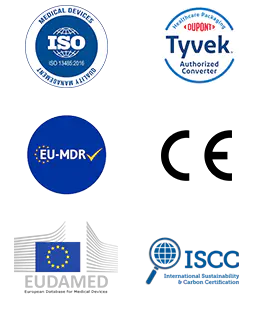What is a Sterilization Self Sealing Pouch?
A Sterilization Self Sealing Pouch is a specialized packaging product designed to protect instruments and equipment from contamination during the sterilization process. These pouches are equipped with self-sealing features, ensuring the integrity of the contents remains intact after sterilization. They are widely used across medical, dental, and laboratory environments to maintain the sterility of tools and supplies, preventing cross-contamination and ensuring that items remain clean until they are needed for use.
Key Features of Sterilization Self Sealing Pouches:
| Feature | Description |
|---|---|
| Self-Sealing Mechanism | Pouches automatically seal themselves or are easily sealed with a heat sealer, ensuring no air or contaminants can enter. |
| Material Composition | Typically made of a combination of medical-grade paper (for breathability) and plastic film (for sealing and protection). |
| Durability | Designed to withstand high temperatures and exposure to sterilizing agents like steam, gas, or low-temperature chemicals. |
| Transparency | Many pouches are made with clear plastic film, allowing users to easily identify the contents without opening the pouch. |
| Size Variety | Available in various sizes, allowing for the sterilization of different types of instruments, from small dental tools to larger surgical equipment. |
| Sterilization Compatibility | Compatible with multiple sterilization methods, including autoclaving, ethylene oxide (EO) gas, and low-temperature sterilization. |
Types of Sterilization Self Sealing Pouches
Sterilization self-sealing pouches come in various types, each designed for different applications, such as medical, dental, laboratory, and surgical environments. These pouches provide an essential barrier against contamination and ensure that instruments remain sterile until use. Below is an overview of the different types of sterilization self-sealing pouches and their specific uses.
Medical Sterilization Pouches
Medical Sterilization Pouches are designed for the sterilization of surgical and medical instruments used in healthcare facilities. These pouches protect tools like scalpels, forceps, and scissors during the sterilization process and maintain their sterility until they are needed.
Key Features:
Material Composition: Often made from a combination of medical-grade paper for breathability and plastic film for strength and sealing.
Sterilization Compatibility: Ideal for use with autoclaves (steam sterilization), ethylene oxide (EO) gas, and other sterilization methods.
Transparency: Clear plastic film allows users to identify contents without opening the pouch.
Applications:
Surgical tools, such as scalpels, sutures, and scissors.
Gloves and other disposable medical products.
| Feature | Description |
|---|---|
| Material | Medical-grade paper + polyethylene film |
| Sterilization Method | Autoclave, EO gas |
| Primary Use | Medical instruments (surgical, diagnostic) |
Dental Sterilization Pouches
Dental Sterilization Pouches are specialized for use in dental practices. They protect dental instruments during sterilization, keeping them free from contamination until needed for procedures. These pouches are designed to accommodate smaller dental tools like scalers, probes, and forceps.
Key Features:
Size Options: Available in various sizes to fit different types of dental tools.
Secure Sealing: Strong self-sealing mechanisms prevent contamination during handling and storage.
Chemical Resistance: Designed to withstand the chemicals used in sterilization processes.
Applications:
Dental scalpel blades, forceps, and scalers.
Other dental tools such as mirrors and explorers.
| Feature | Description |
|---|---|
| Material | Medical paper + Tyvek or polyethylene film |
| Sterilization Method | Autoclave, EO gas |
| Primary Use | Dental instruments (forceps, scalers, probes) |
Laboratory Sterilization Pouches
Laboratory Sterilization Pouches are used to sterilize equipment and tools used in scientific research, including pipettes, test tubes, and scalpels. These pouches ensure that lab instruments are free from contamination, which is essential for maintaining accuracy in experiments and tests.
Key Features:
Customization: Available in various sizes to suit the specific needs of laboratory equipment.
Durability: Designed to withstand the harsh conditions of autoclaving and gas sterilization methods.
Transparency: Clear plastic allows easy identification of the items inside without opening the pouch.
Applications:
Pipettes, Petri dishes, test tubes, and other lab instruments.
Glassware used in laboratory settings.
| Feature | Description |
|---|---|
| Material | Polyester + medical-grade paper or Tyvek |
| Sterilization Method | Autoclave, EO gas |
| Primary Use | Lab tools (pipettes, test tubes, glassware) |
Sterilization Pouches for Surgical Instruments
Sterilization Pouches for Surgical Instruments are larger and stronger than standard sterilization pouches, designed to handle the demanding sterilization processes required for surgical equipment. These pouches ensure that critical surgical tools remain sterile and protected throughout the sterilization cycle and until they are used in the operating room.
Key Features:
Heavy-duty Design: Made with stronger materials, including polyester and Tyvek, to handle large, heavy surgical tools.
High-Temperature Resistance: Ideal for autoclaving at high temperatures.
Security: Double-seal mechanisms provide extra protection to ensure sterility is maintained.
Applications:
Surgical instruments such as scalpels, forceps, and needle holders.
Surgical drapes and other large equipment.
| Feature | Description |
|---|---|
| Material | Tyvek + polyester + polyethylene |
| Sterilization Method | Autoclave, EO gas |
| Primary Use | Large surgical instruments (scalpels, forceps, etc.) |
How to Choose the Right Size of Self-Sealing Sterilization Pouches
Choosing the right size of self-sealing sterilization pouches is essential for ensuring the effective sterilization and safe storage of medical, dental, laboratory, or surgical instruments. Using the correct pouch size will help maintain the sterility of your instruments, prevent damage during the sterilization process, and improve workflow efficiency.
Key Factors to Consider When Choosing the Right Size
Instrument Size and Shape
The first factor to consider when choosing the appropriate pouch size is the size and shape of the instruments you need to sterilize. You should select a pouch that allows enough room for the instrument(s) to fit comfortably but not too much excess space, as this can lead to wasted materials and potentially affect the sterilization process.
Sterilization Method
The sterilization method used (autoclaving, EO gas, etc.) may affect the size choice. Some methods may require a specific level of airflow or space around the items being sterilized, which can influence pouch selection.
Instrument Packaging Grouping
If you are sterilizing multiple small instruments, you may need a larger pouch or a specialized multi-instrument pouch. However, for single instruments, a more compact pouch will provide a snug fit and ensure sterility.
Ease of Handling
The size of the pouch should also be convenient for handling and storage. Ensure the pouch is easy to seal, store, and retrieve from sterilization units.
Steps for Choosing the Right Size
Measure the Instruments
Start by measuring the length, width, and height of the instruments. For multiple instruments, ensure there’s adequate space for the instruments to sit comfortably without overcrowding. For example:
For a single scalpel, you may choose a smaller pouch.
For dental instruments like forceps or scalers, select a medium-sized pouch.
For surgical trays or surgical tools, opt for larger pouches or trays.
Allow for Proper Airflow and Sterilization
For effective sterilization, you should allow enough space in the pouch for airflow (if autoclaving) or gas penetration (if using EO gas). Too tight a fit can result in uneven sterilization.
Refer to Manufacturer Guidelines
Most manufacturers provide a size chart or guideline for the recommended pouch sizes based on the specific instruments. Always refer to this for the best fit.
Choosing the right size of self-sealing sterilization pouch is an essential step in ensuring the effective sterilization of your instruments and maintaining their sterility until they are used. It's important to take into account several factors, such as the size and shape of the instruments, the sterilization method you’ll be using, and how easy it will be to handle the pouches after sealing.
When selecting the right pouch size, make sure there is enough space for the instruments to fit comfortably inside, without being too tight or too loose. A proper fit will allow for adequate airflow or gas penetration during the sterilization process, depending on your chosen method. Also, refer to manufacturer guidelines and size charts, as they often provide the best recommendations for each type of instrument or sterilization process.
If you're unsure about which size pouch to choose or if you'd like more detailed information, feel free to visit our website hopewayamd.com or contact our factory, Hopeway AMD, for expert advice and tailored solutions for all your sterilization pouch needs. By choosing the correct pouch size, you can ensure your instruments remain sterile, safe, and ready for use when needed.

 English
English Français
Français Deutsch
Deutsch Nederlands
Nederlands


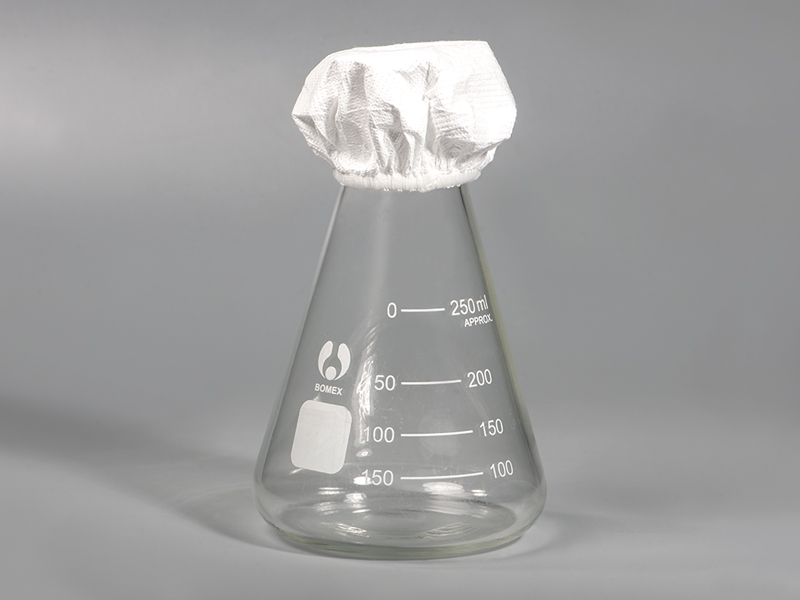



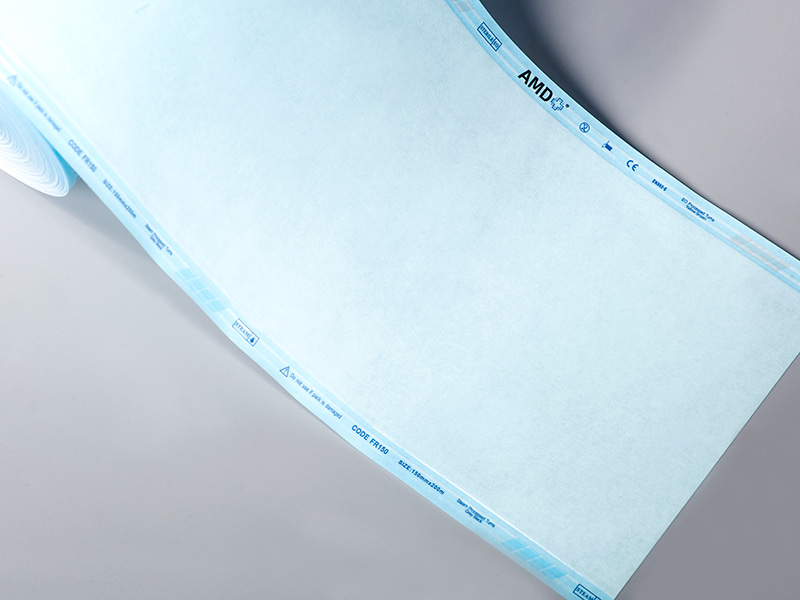
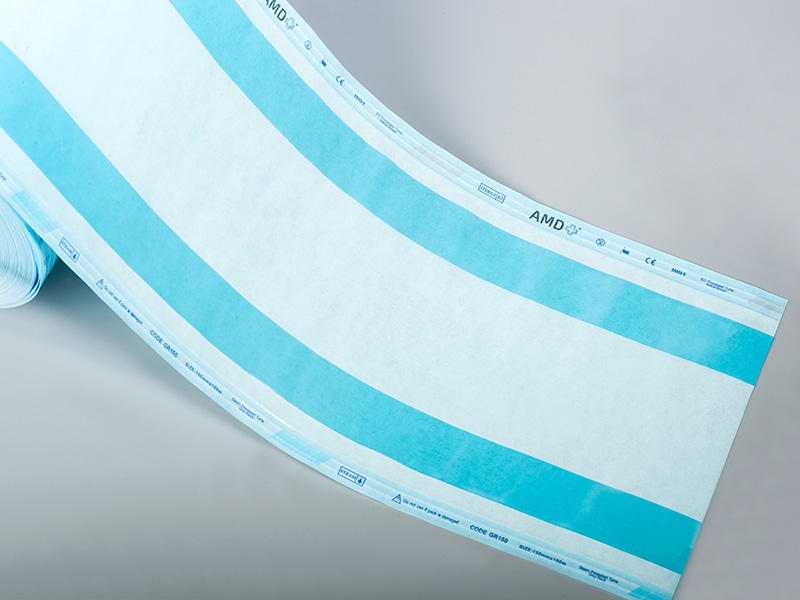
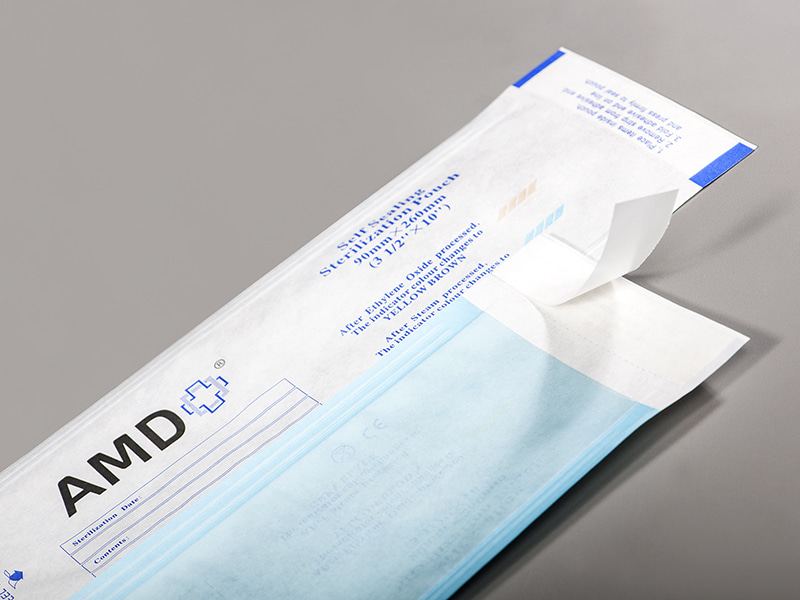
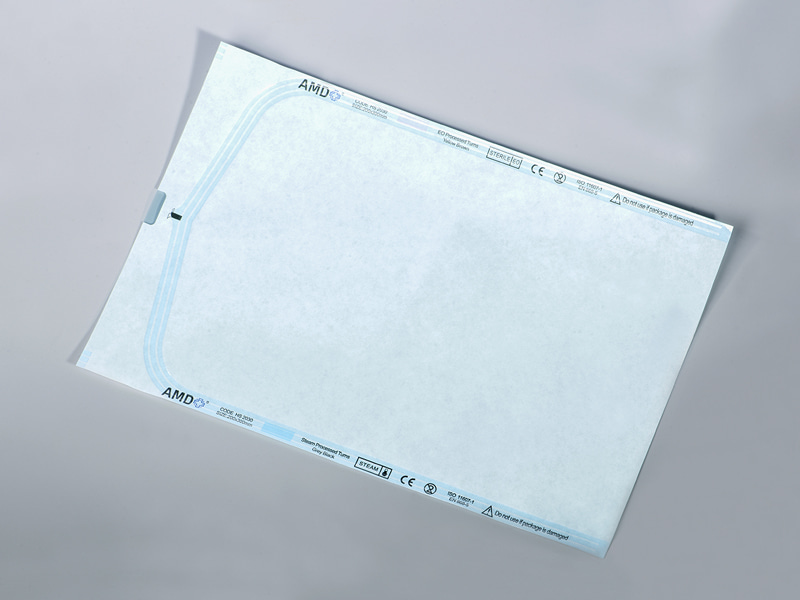
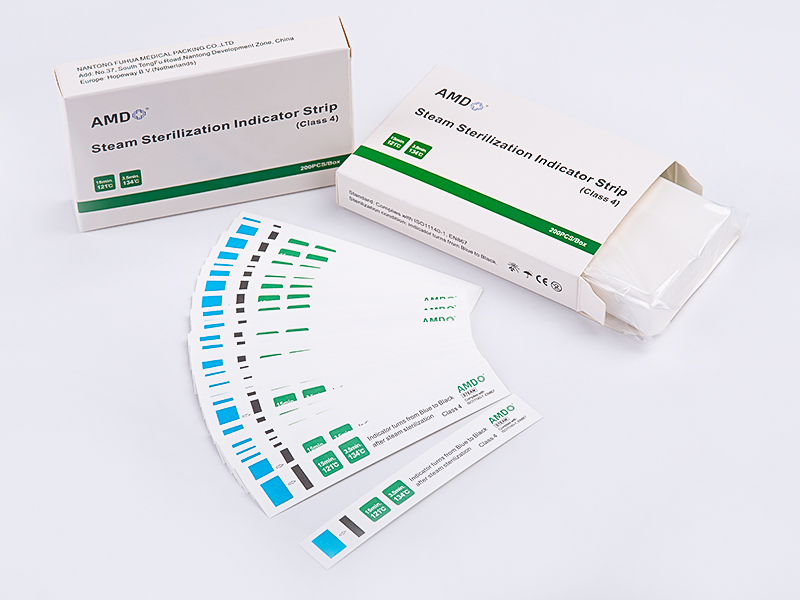
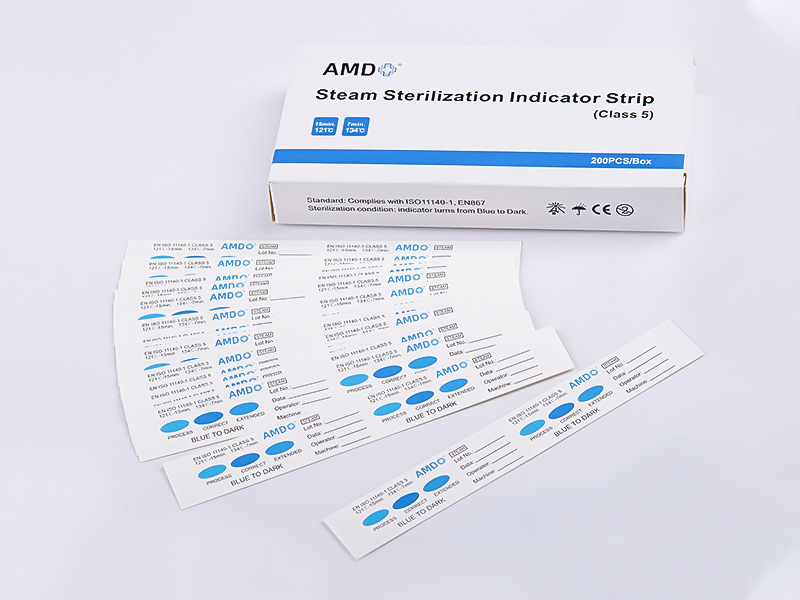

 ‘s-Gravenweg 542, 3065SG RotterdamThe Netherlands
‘s-Gravenweg 542, 3065SG RotterdamThe Netherlands
 +31 (0)10 254 28 08
+31 (0)10 254 28 08
